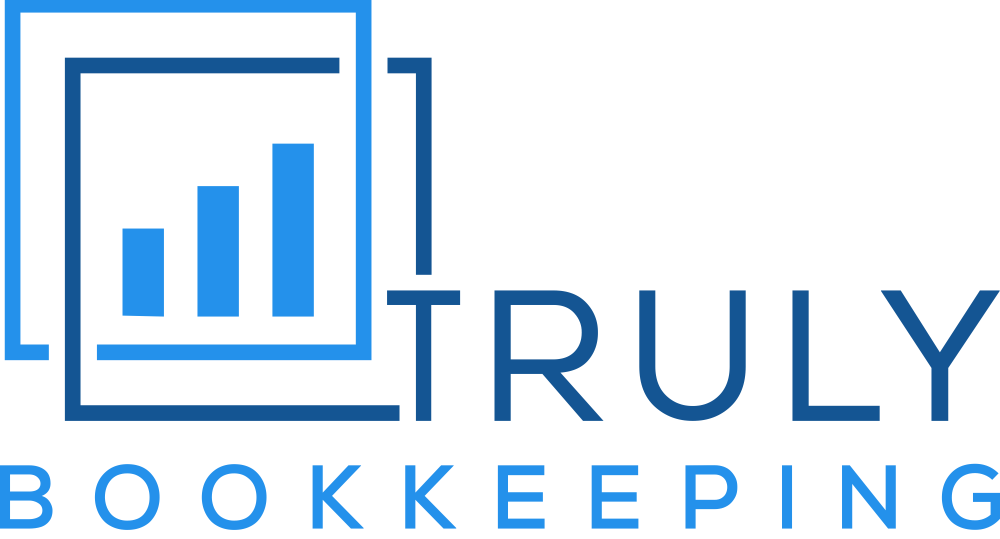How Taking Time off During Covid May Have Decreased Your Tax Liability

The COVID-19 pandemic disrupted U.S. society in many ways when it hit in 2020. The government responded with several pieces of legislation to help ease the financial burden the pandemic caused its citizens.
The Families First Coronavirus Response Act (FFCRA) was one of the key measures passed in this regard. In this short article we will discuss the elements of the FFCRA and how taking time off during covid may have decreased your tax liability.
What is the FFCRA?
The FFCRA originally required most employers with less than 500 employees to provide employees with paid expanded family and medical leave or sick leave for COVID-19 qualified reasons. Employers could then claim payroll tax credits for providing leave.
FFCRA was set to end on December 31, 2020, but the Consolidated Appropriations Act (CAA) extended the FFCRA on a voluntary basis. Qualifying reasons remained the same as under the original legislation, and employers could continue to claim payroll tax credits for allowable amounts.
The American Rescue Plan (ARP) was signed into law on March 11, 2021, and extended the time employers could receive payroll tax credits for providing paid leave to September 30, 2021. Additional qualifying reasons for receiving paid leave were added under the ARP.
Qualifying Reasons for Paid Leave
The FFCRA allows up to 80 hours of paid leave for employees under the following circumstances:
- An isolation or quarantine order
- A qualified healthcare provider recommends the employee quarantine for a set number of days
- Experiencing symptoms related to COVID-19
- Providing care for persons subject to a quarantine or isolation order
- Caring for a child due to closure of schools, day care facilities, or unavailability of regular child care provider
- Experiencing symptoms like COVID-19 as defined by the Department of Health and Human Services.
- Obtaining a COVID-19 vaccine
- Experiencing symptoms related to the COVID-19 vaccine and requiring recovery time
- Taking or awaiting results of a COVID-19 test after close contact with a person infected with COVID-19
- Taking an employer required COVID-19 test and awaiting results
For reasons 1-3 and 7-10, employers are required to pay the employee’s standard rate of pay up to $5,110 total. Reasons 4-6 provide paid leave at a rate of 2/3 of the employee’s rate of pay with a cap of $2,000.
American Rescue Plan (ARP) Updates to FFCRA
Under the original FFCRA framework, an employee’s paid sick leave allotment expired on March 31, 2021. The ARPA refilled the employee’s paid leave bank on April 1, 2021. Unused leave hours did not rollover past March 31, 2021. The maximum hours of paid leave allowed remain at 80 hours.
Emergency Family and Medical Leave Act (EFMLA)
The EFMLA is an act passed by Congress that requires employers to provide 12 weeks of leave for employees who could not work due to child care reasons.
For example, if an employee’s child was required to attend virtual classes instead of in person learning, the employee would qualify for leave under the EFMLA. The first two weeks of leave were originally unpaid, with the remaining ten weeks paid at a rate of up to $200 per day with a cap of $10,000.
The ARP removed the requirement that the first two weeks of leave under EFMLA were unpaid. Employees can now be paid up to $12,000 for leave taken under EFMLA. Another important update the ARP made to EFMLA was to expand qualifying reasons to include all qualifying reasons under the FFCRA.
For example, before passage of the ARP, EFMLA was only allowed for child care reasons related to the pandemic. After passage of the ARP, employees can qualify under any of the ten reasons we have previously discussed.
Non-discrimination Under FFCRA
An important part of correctly implementing the FFCRA is ensuring paid leave is provided uniformly to all employees. Businesses cannot favor certain groups of employees over others when deciding how to provide leave.
For example, if a company decides to provide leave as an incentive to its top earners but fails to provide the same opportunity to other employees, the company would not be allowed to claim tax credits for the amount of paid leave provided to its employees.
The government requires strict compliance with this provision, and failure to adhere to it or follow required documentation procedures will result in the credit being disallowed. Businesses are encouraged to provide paid leave uniformly or not provide leave at all.
The FFCRA and EFMLA acts are important when determining if your business qualifies for payroll tax credits related to taking time off during covid. To sum up the points discussed in this article:
- FFCRA provides up to 80 hours of paid leave for 10 qualifying reasons listed above.
- The dollar amount of paid leave under the FFCRA is determined by the qualifying reason, but is capped at $5,110.
- EFMLA now provides up to 12 weeks of paid leave for child care reasons, or any of the 10 qualifying reasons listed under the FFCRA.
If you are interested in learning more about how to decrease your tax liability with time taken off due to Covid, consider reaching out. We are working closely with business owners to make sure you obtain every benefit due to you.
